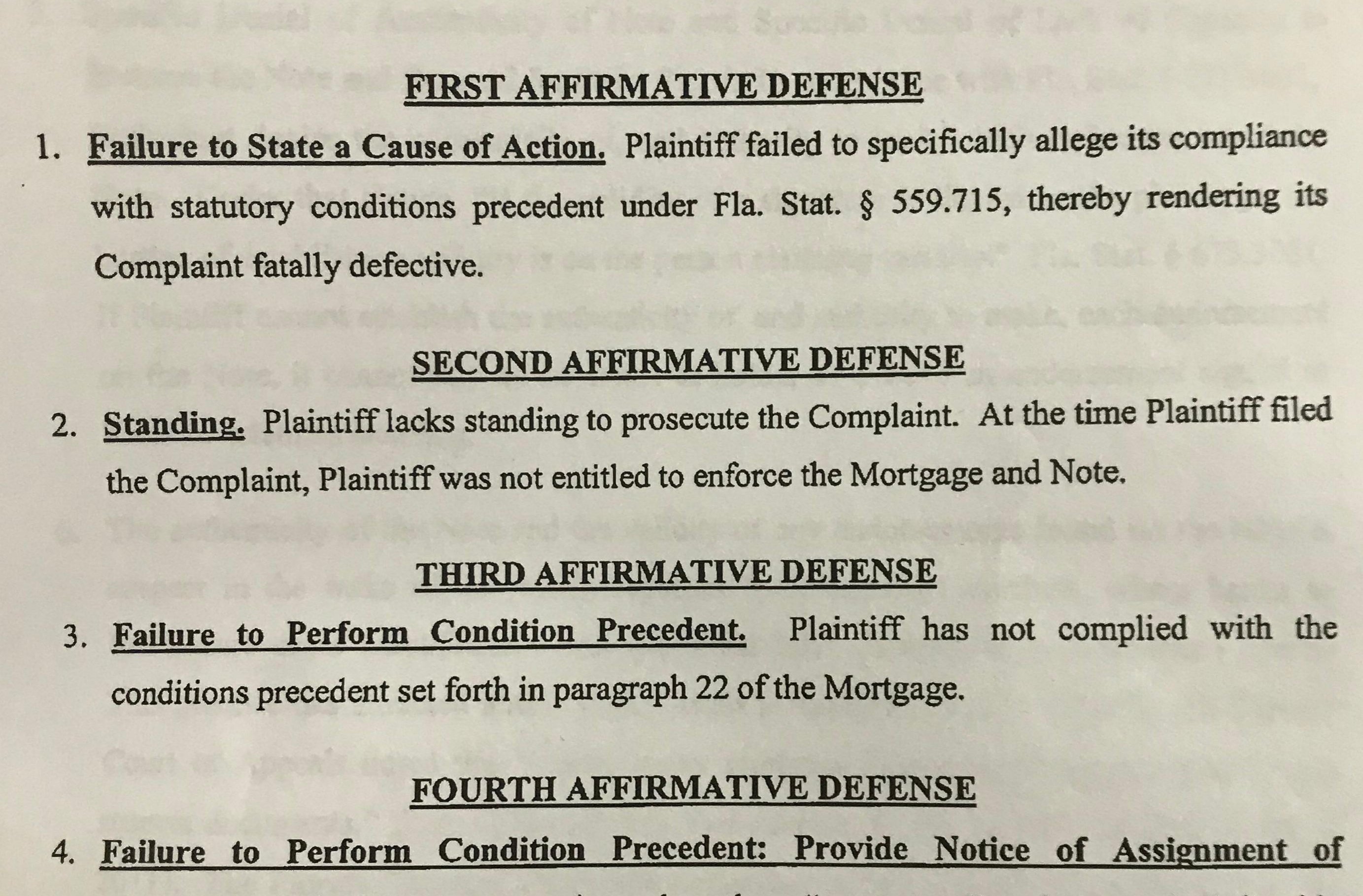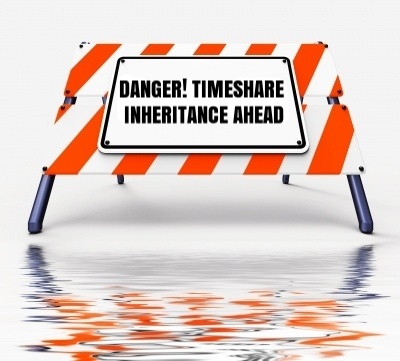 Foreclosure can be a confusing subject that mystifies all but the most well-versed professionals. All the ins and outs, the what have yous, and esoteric legal language make it difficult to understand the benefits and requirements of various options. However, there are ways to stop foreclosure that are simple and easy to understand for any homeowner. One of the easiest ways is a revolutionary concept that involves paying the money required to bring the loan current. It's called reinstatement.
Foreclosure can be a confusing subject that mystifies all but the most well-versed professionals. All the ins and outs, the what have yous, and esoteric legal language make it difficult to understand the benefits and requirements of various options. However, there are ways to stop foreclosure that are simple and easy to understand for any homeowner. One of the easiest ways is a revolutionary concept that involves paying the money required to bring the loan current. It's called reinstatement.
What's Involved In Reinstatement?
When a borrower fails to make payments on their loan as required, a resolution of some kind needs to be reached or else the home will eventually be sold in foreclosure. Fortunately for many homeowners, it can take quite a while for a foreclosure sale to actually happen. It can be anywhere from months or years from the time payment stops to when the home is sold. The terms of a mortgage and state laws give most homeowners the right to reinstate their loan within a certain period of time after being notified that foreclosure proceedings are beginning by making one payment for the value of all the missed payments, including fees and interest. Once reinstated, the borrower would need to continue making monthly payments like normal.
If you think you have the money and desire to bring your loan current, you'll want to request a quote from the bank that states in writing exactly how much you'll need to pay, and how long you have to pay the quoted figure to be reinstated. The quote from your lender should specify:
- How much you owe in back and current payments
- The amount of late fees
- Attorney fees incurred when foreclosure proceedings were started
- A fee for canceling the sale
Documentation, timing, and communication are very important because of how high the stakes are. Save proof of your request for a reinstatement quote. If it's not given to you, you can fight foreclosure should it come to that. Reinstatement is time sensitive, so make sure you get the payment to the appropriate person early and let your lender know exactly what you're doing and when. Use certified mail to guarantee the payment arrives when you need it to and have proof that you sent it. It's better to have too much documentation than too little. The saying “If it isn't written down, it didn't happen,” definitely applies to foreclosure and reinstatement.
So reinstatement is a great option if you have the money, but why would anyone with that much cash default in the first place? Some people work on commission or are self-employed and don't have regular paychecks. A couple bad months can mean that there's not enough money to make the mortgage payment. Then, when things pick back up, there's enough money to get current. So, there are situations where reinstatement is possible. However, it may not be the best choice.
To Reinstate Or Not
If you are fortunate enough to have the money to afford paying one lump sum that makes up for all of your missed payments plus fees and interest, you should consider whether it's the best use of your cash. If you are happy with the terms of your loan, have equity in the home, and want to live in it for the foreseeable future, reinstatement is a great option. If the reinstatement payment will entirely wipe out your savings and leave you vulnerable to defaulting again if a minor hardship happens, proceed with caution. You don't want to end up being threatened with foreclosure again in a few months.
If you are paying a high interest rate and have negative equity in your home, it might be better to apply for a loan modification rather than spending so much money on a reinstatement payment. A loan modification is a permanent change to at least one of the terms of your loan, and can result in a lower interest rate and a reduction in principal. Borrowers are required to make a series of trial payments before the loan is permanently modified.
Your lender actually wants to avoid foreclosure because it costs them money to sell a home and evict the former owners. So they are sometimes willing to write off some of the principal and fees if it will get the borrower back on track and making regular payments. Also, many banks are required to consider loan modifications.
If you have negative equity and don't want to keep your home, there are alternatives to foreclosure worth looking at. A short sale or deed in lieu of foreclosure with a deficiency judgment waiver allows you to walk away from your home with no debt. This is preferable to foreclosure, eviction, and being sued for the deficient amount.
Whatever situation you're in, it's always good to have a knowledgeable professional on your side. Without one, you may not even know what options are available to you. You certainly can't count on the bank to only have your best interest in mind. They have to look out for number one, and so should you.
When it comes to foreclosure-related issues, a law firm that focuses on foreclosure defense and loan modifications gives distressed homeowners the benefit of their experience and knowledge. Look for a firm with a record of helping people like you, that charges reasonable fees, and has good methods of communication. There's no guarantee you can get the result you're looking for, but a qualified attorney can help you assert all the rights you're entitled to under the law and improve your chances of success.
Image courtesy of phanlop88 at FreeDigitalPhotos.net










